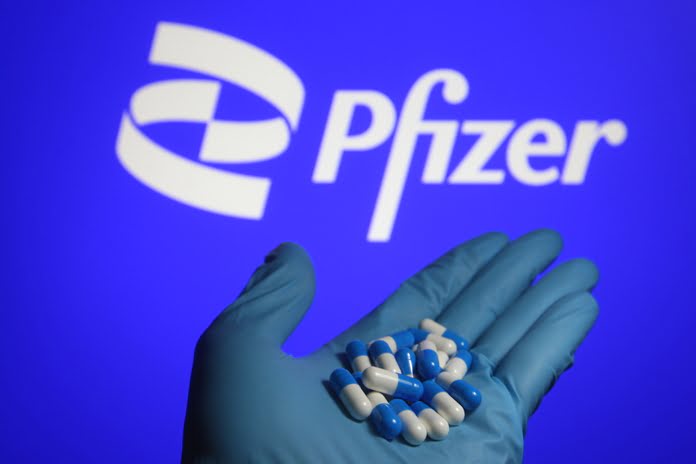The trajectory of healthcare titan Pfizer’s (NYSE:PFE) stock has been a roller coaster in recent years, witnessing a surge from under $30 in March 2020 to $60 by December 2021, primarily driven by the heightened demand for its COVID-19 vaccine. Currently priced at $29.48, with a market cap of $162.56 billion, the question on investors’ minds is whether Pfizer can stage a comeback in 2024.
Is Pfizer a Solid Buy Right Now?
As one of the world’s largest pharmaceutical companies, Pfizer has gained substantial ground over the years, attributed to its extensive portfolio of medicines and vaccines. Boasting 36 manufacturing facilities and 110 assets in its product pipeline, Pfizer operates in 185 countries, generating $68.53 billion in revenue over the past 12 months. Comparatively, the company’s revenue skyrocketed from $42 billion in 2020 to over $100 billion in 2022, primarily fueled by pandemic-driven demand.
Key products like Comirnaty (COVID-19 vaccine) and Paxlovid (COVID-19 treatment) contributed to Pfizer’s stellar performance, generating approximately $55 billion in 2022. However, the company’s 2024 sales forecast, ranging between $58.5 billion and $61.5 billion, fell short of Wall Street’s expectations. Notably, COVID-19-related product revenue is projected at just $8 billion, leading to a sell-off in the stock after the updated guidance.
Pfizer’s cost-cutting plans, targeting an additional $500 million reduction, indicate a potential $4 billion decline in total costs, supporting profit margins amid decreasing sales. The company anticipates adjusted earnings per share between $2.05 and $2.25 in 2024, a notable increase from $1.55 per share in 2023 and $6.58 per share in 2022.
Bullish Scenario for Pfizer Stock
Despite the recent sell-off, Pfizer’s dividend yield has climbed to an attractive 5.84%, and the company has consistently raised dividends for over a decade. With a current valuation at 12.7 times 2024 earnings, Pfizer appears undervalued.
While the waning COVID-19 sales might impact top-line growth, Pfizer continues to introduce new drugs and broaden its product portfolio through strategic acquisitions. For instance, the $43 billion acquisition of cancer specialist Seagen is expected to contribute at least $3 billion in annual sales. With $44 billion in cash and $64 billion in balance sheet debt as of Q3, Pfizer has ample liquidity to navigate an uncertain economic landscape.
Pfizer aims to achieve an additional $25 billion in sales by 2030 through acquisitions and organic growth, mitigating the impact of revenue decline from patent expirations and increased competition.
Target Price for PFE
Among the 17 analysts tracking PFE, seven recommend “strong buy,” one suggests “moderate buy,” and nine recommend “hold.” The average target price for PFE stands at $35.94, indicating a potential upside of 21.9% from current levels.
Pfizer, deemed an undervalued pharma stock with a low multiple, offers investors a margin of safety. As part of a recession-resistant sector, it has consistently increased dividends by more than 7% annually for the last 25 years, enhancing the effective yield over time. Investors eyeing long-term stability and potential growth may find Pfizer an appealing addition to their portfolios.
Featured Image: Megapixl




